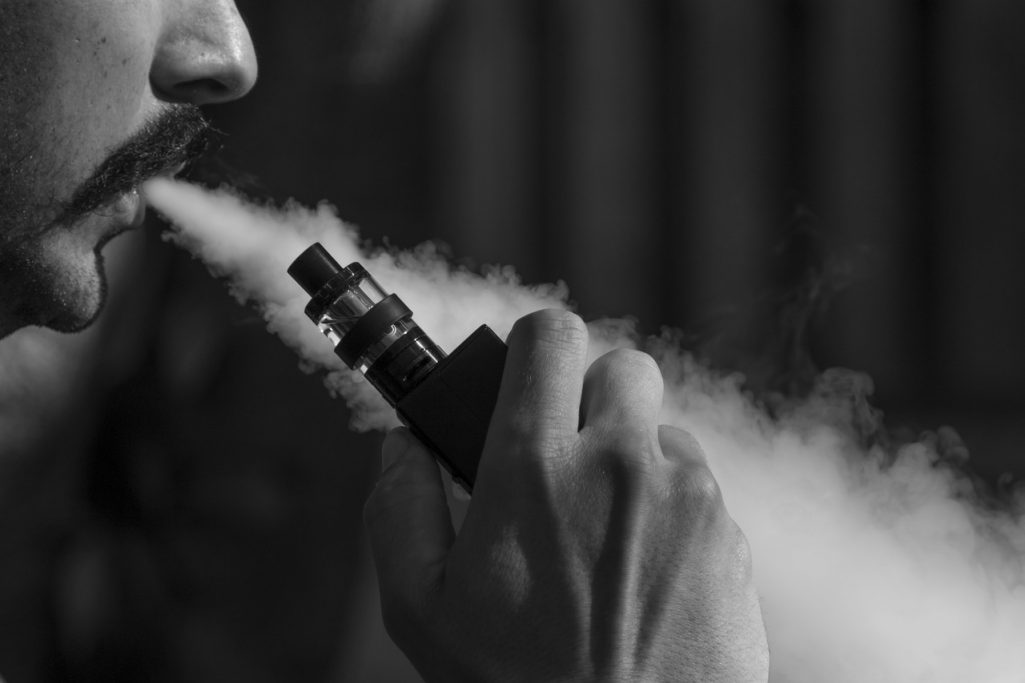Legislation making its way through the General Assembly would raise the legal age for purchasing and possessing tobacco and vaping products from 18 to 21, drawing mixed reactions from young adults who would be affected by the new law. The House and Senate have passed...


